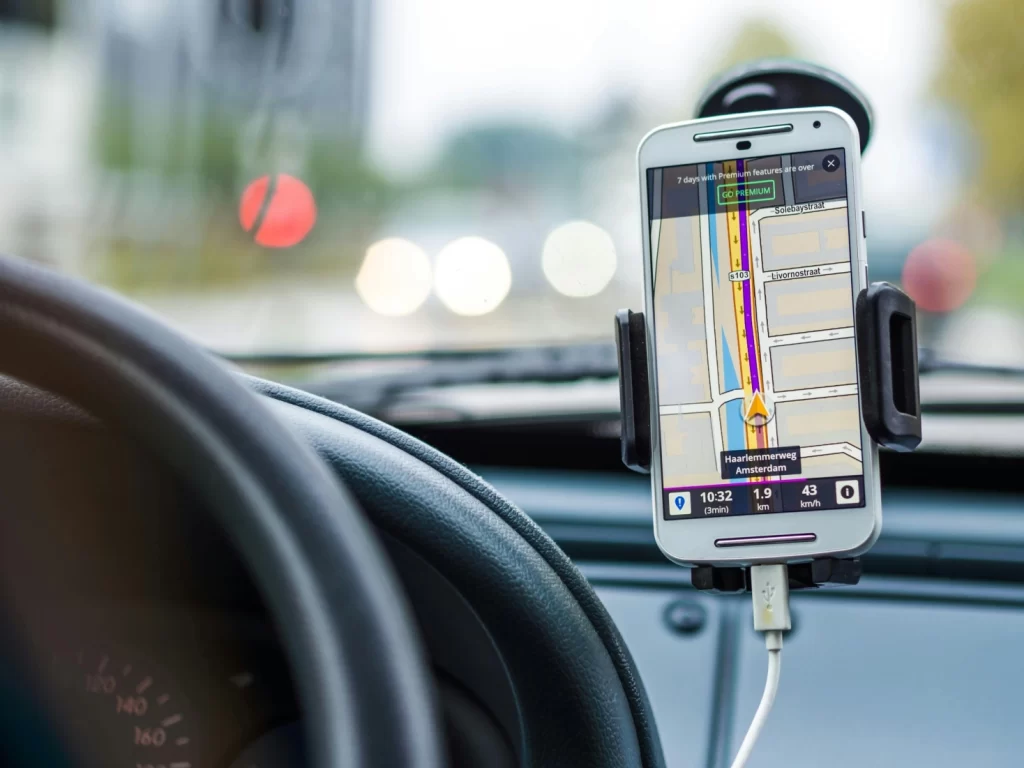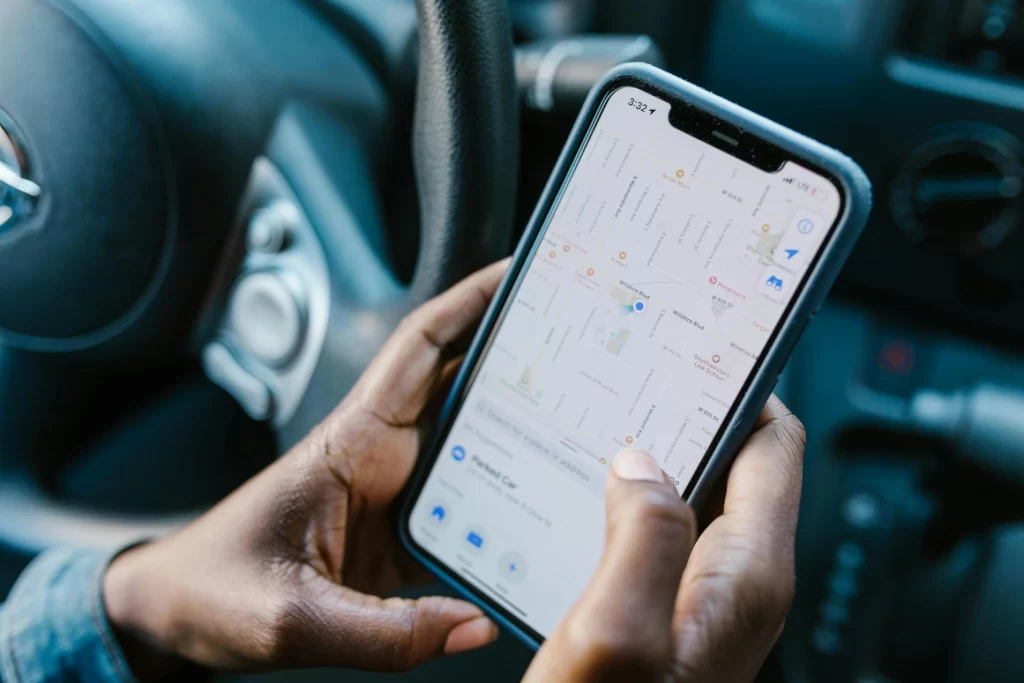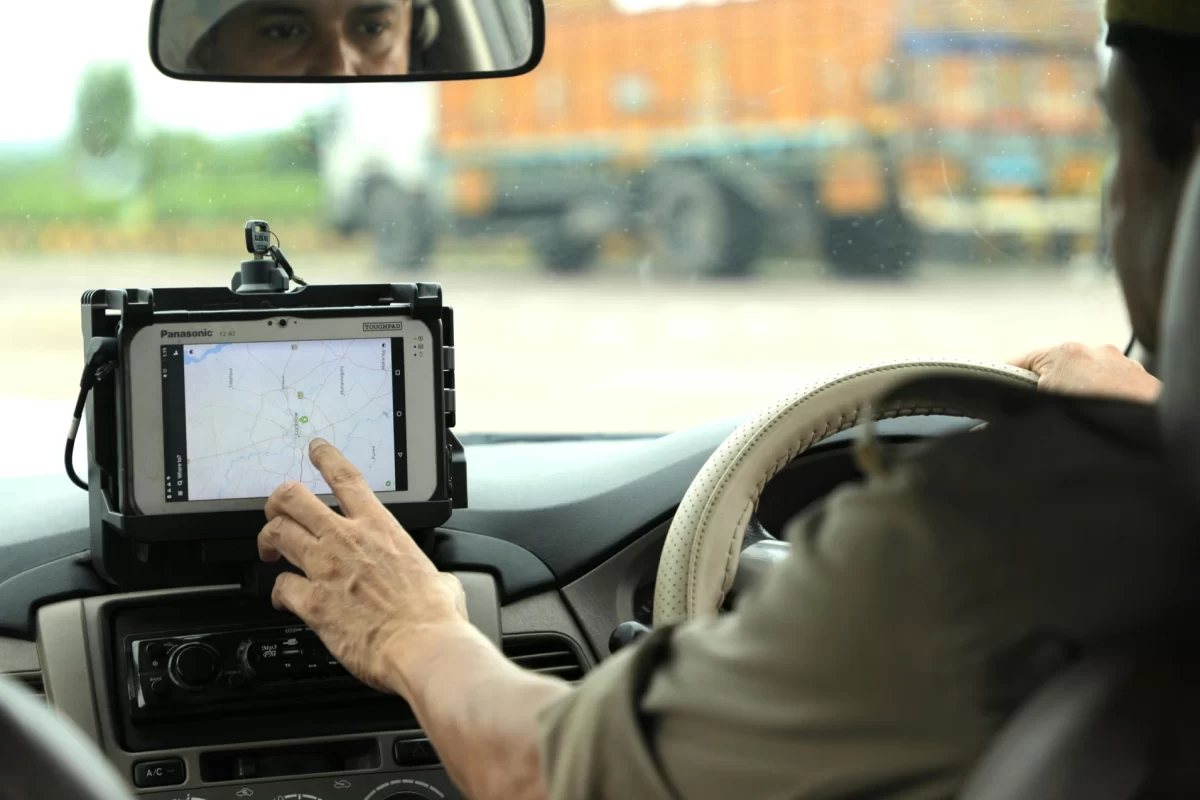Introduction
In this article, we talk about everything you need to know about using a GPS tracking device with API, when you need it, and some of the best options if you want to build one.
Picture a dispatcher staring at a frozen dashboard, unable to explain why the delivery truck hasn’t arrived. Meanwhile, at a construction site, an entire loader has disappeared before daybreak. For companies relying on assets and vehicles, these gaps in visibility aren’t minor—they’re cracks that spread into costly operational failures.
The solution lies in using a GPS tracking device with an API. Devices with API access allow businesses to push and pull GPS tracking data directly into the fleet management systems and other systems they already depend on.
This means fewer delays, better maintenance alerts, and more accurate real-time location updates for customers.
This guide breaks down how GPS tracking devices with API integration work, their benefits, and how to implement them effectively.
What is a GPS Tracking Device with API?
A Global Positioning System (GPS) tracking device gathers location information from satellites and sends it to a server via cellular networks. The data can then be seen on a mobile app or web platform. Companies utilize this tracking to find out the current location of their equipment, assets, and cars.
But the real transformation comes with API integration. An API (Application Programming Interface) acts as a user-friendly digital bridge. Instead of logging into a separate platform for GPS data, an API allows that data collected to flow into your business application—whether that’s dispatch software, payroll, a customer portal, or a compliance database.
For developers, the documentation of an open API means they can configure systems to interact seamlessly. The functionality goes beyond just showing a vehicle’s position. It creates seamless integration with the software you already use, so users don’t have to jump between different dashboards.
In short, businesses prefer devices with API access because they allow customized solutions rather than one-size-fits-all tools.
How GPS Tracking APIs Work

Knowing how a GPS tracking API works helps explain why it’s such a useful tool. Devices, computers, and systems collaborate in the background to produce a simplified data flow that companies can use right away.
The workflow behind a GPS tracking API is straightforward but powerful:
- The hardware device installed in the vehicle or attached to an asset collects GPS data such as real-time location, speed, altitude, and even temperature monitoring details.
- That historical data is transmitted over cellular networks to a secure server.
- The API provides structured access to this detailed information.
- Other systems—such as CRMs, accounting tools, or fleet management systems—request the data, and the API delivers a response.
For instance, a delivery company can incorporate GPS tracking information into its dispatch software. The system can automatically inform customers of ETAs using the actual time location of the driver. Alternatively, a construction firm may incorporate the data gathered into an internal database and send maintenance reminders upon reaching some mileage milestones.
This feature allows companies to not only track their fleets but also set up processes that enhance efficiency and minimize errors.
6 Key Benefits of GPS Tracking Devices with API
Once a company understands how GPS tracking devices with APIs operate, the natural next question is: what real improvements do they deliver? The truth is that the advantages extend well beyond maps on a screen. They influence costs, compliance, safety, and overall productivity.
1) Real-time visibility
Instead of waiting for drivers to report back, businesses can monitor the real-time location of every vehicle or asset. This reduces blind spots and keeps users informed.
2) Customization & integrations
Every business has its own set of tools. Developers can set up interfaces with scheduling tools, CRMs, and custom business apps with API access. Workflows customized to the precise requirements of the business are produced by this smooth interaction.
3) Efficiency & automation
Time is wasted and mistakes are made while reporting is manual. Businesses reduce paperwork, streamline reports, and get rid of redundant effort by automating data sharing between systems.
4) Lower costs (fuel & maintenance)
High fuel use, excessive idling, and inefficient routes are shown by access to previous data—and coaching drivers toward efficient driving behaviors can further reduce fuel burn. When combined with maintenance alerts, this guarantees that cars are repaired on schedule, avoiding malfunctions and cutting down on downtime.
5) Better compliance & safety
Businesses can use GPS data to promote safer driving while complying with Hours-of-Service (HOS) regulations and ELD requirements by accurately tracking driver hours and routes. Accidents can also be avoided by keeping an eye on conduct.
6) Improved customer service
Customers expect accurate ETAs. With integrated GPS tracking, businesses can share real-time updates directly through their service platforms, improving trust and satisfaction.
Common Use Cases Across Industries

The power of a GPS tracking device with API is its versatility. From delivery fleets to government services, nearly every industry that depends on assets and vehicles can benefit. Here’s how it plays out in different contexts:
1) Logistics & transportation: Share real-time location of shipments across states with customers and streamline routing.
2) Delivery services & ride-hailing: Provide a live tracking link powered by GPS location to improve customer confidence.
3) Construction & heavy equipment: Secure valuable assets by setting up geofencing alerts when machinery leaves a site unexpectedly.
4) Asset tracking & recovery: Use GPS tracking devices to locate stolen tools or vehicles quickly through precise location data.
5) Government/public sector: Monitor municipal service fleets and improve transparency with detailed information on usage and routes.
Must-Have Features to Look For
Not all GPS tracking devices are created equal. For businesses investing in solutions that will support them long-term, certain features should be non-negotiable. Consider this checklist when evaluating hardware and software options:
- Real-time tracking of vehicles and assets
- Geofencing & alerts for unusual movement or theft prevention
- Historical reporting for compliance and efficiency analysis
- Secure API documentation for smooth integration
- Multi-platform compatibility across web and mobile systems
How to Implement GPS Tracking with API

New system adoption might be intimidating. However, companies can implement GPS tracking devices with API integration in a seamless and long-lasting manner with the correct strategy. Consider it as adhering to a straightforward route map:
Step 1: Define goals
Set priorities—cutting fuel consumption, improving ETAs, or generating maintenance alerts based on mileage.
Step 2: Pilot with a small group
Select a few devices and users to test integration with your business application.
Step 3: Train by role.
Drivers learn about alerts, managers focus on reports, and IT teams handle API integration and configurations.
Step 4: Scale gradually.
Once processes are tested and configured, expand the solution across your full fleet or assets.
7. Case Snapshot
To see the impact of a GPS tracking device with API, it helps to look at real-world results. Here’s one snapshot of how Traxxis helped transform operations for a client:
Brown Dog Carriers struggled with excessive engine idling and the burden of manual compliance management, which translated into rising fuel costs and regulatory risk.
We deployed Geotab telematics integrated through Traxxis GPS. The company gained instant access to driver behavior data, idle time metrics, and rule-based alerts—all delivered through their familiar systems with open-platform integration.
Idling time dropped significantly, fuel usage decreased, and compliance with industry standards became more streamlined, consistent with federal research on telematics and fuel/safety outcome.
This is proof that smart API-powered tracking brings both cost savings and operational peace of mind.
Frequently Asked Questions (FAQs)
What’s the difference between a GPS tracker and a GPS tracking device with API?
A standard GPS tracker only displays real-time location on a separate platform. A GPS tracking device with API pushes that location data into business applications, creating more functionality and automation.
Can I integrate the API with my existing software?
Yes. With open API documentation, developers can create seamless integration with other systems like CRMs, payroll, or dispatch.
Is it secure to use GPS APIs?
Yes. API access is designed with encryption and authentication to protect data and ensure users only see the information they are authorized to access, following best practices like the OWASP API Security Top 10.
What industries benefit most?
Industries relying on fleet management systems, asset tracking, or compliance—such as logistics, construction, and government—see strong returns.
How fast can ROI be seen?
Many businesses report measurable results in just a few months, from reduced fuel consumption to fewer error-filled manual logs.
Final Thoughts
Operational blind spots can drain profit, disrupt customer trust, and weaken a company’s ability to respond quickly. A GPS tracking device with API turns that risk into control by pushing live GPS tracking data straight into the systems that keep businesses moving. Instead of fragmented dashboards, leaders get one flow of detailed information they can act on instantly.
Traxxis GPS Solutions builds that backbone with reliable hardware, flexible API integration, and clear documentation designed for real-world business applications. Their platform connects seamlessly with fleet management systems, dispatch tools, and other core software, giving companies the ability to customize and scale without friction.
Get in touch with Traxxis GPS Solutions to learn what they can do for your company if you’re prepared to replace uncertainty with clarity. To learn how seamless GPS tracking with API can boost productivity, accountability, and consumer trust throughout your business, get a demo now.





